After the greatest crisis of the 20th century, the Second World War, the ‘economic miracle’ fostered an increasingly ambitious society.
After times of privation, in which life values such as happiness had taken a back seat, happiness was to be the will to create a new world alongside functionality.
Creativity is no coincidence, sometimes you just have to let it happen. Every young designer has probably internalised a kind of ‘belief in the impossible’.
Louis Lucien Lepoix (1918-1998) was an all-rounder and it is an honour and a pleasure for me to talk to Mrs Erika Kübler, Louis Lucien Lepoix’s partner for many years, in Baden-Baden.
It is a Monday afternoon when she opens the door to Lepoix and her house in Baden-Baden for Heini the dachshund and me. Not only a place she calls home. It is also home to precious sketches and models, paintings and sculptures, files, drafts, slides and photographs showing Lepoix’s work, all of which she has kept to this day. We talk for four hours so that I can get a first overview. I come across a creative aura there that makes the heart of every friend of the aesthetics of quiet luxury beat faster. Everything tells a story: like the model of the electric Citycar designed by Lepoix in 1974. Or the aeroplane harness from the Concorde, which no longer exists (the super plane was mothballed for cost reasons). Or the BIC lighter, which even every non-smoker knows. They all give lectures.
The prelude
Louis Lucien Lepoix studied drawing, design, Beaux-Arts and architecture in Lyon. He also studied engineering in Paris.
“In October 1945 he came to Germany, first for six weeks to Dornier and Maybach in Friedrichshafen on behalf of the French military. From the beginning of 1946, he was head of department at the French army’s ‘Centre de Réparation Automobilie Sud C.R.A.S’, ” recounts Mrs Erika Kübler.
A striking piece of work from this period: Albert Meier, technical director of ZF Friedrichshafen, had designed a small car that led to the Champion brand. Lepoix had rented a workshop for himself privately (for 15 Reichsmarks) at ZF in 1947. It was in this workshop that the “Lepoix-CHAMPION” was created as an alternative to the ZF small car. The entire body was handmade of light aluminium, total weight 220 kg. The available 8 hp (not 6.5 hp, as Thyssen writes) seem a little tight for the vehicle. But this corresponds completely to the type of cycle car that was present again for some time in phases of material scarcity immediately after the Second World War.
In 1947, Lepoix offered ‘technical-artistic advice’ and subsequently worked for numerous well-known industrial companies, designing their products.
At first, Lepoix was mainly involved with two-wheelers, such as motor scooters by Bastert, FAKA, Horex, Maico, Puch and Walba, and in 1947 with the 750 cc “R 12” motorbike by BMW. The latter caused a great stir among the public at the time because of its futuristic forms. One contemporary, for example, said that he thought “it’s from the moon” when he saw the approaching vehicle.
Lepoix seemed to have had a special preference for truck cabs. From 1959 to 1961, he worked for Henschel, where he created a new, angular shape for Hauber and matching front control arms. His design made it possible to use 70 percent of the pressed parts of the basic body type for all other models as well and received the “if – Gute Industrieform” award from the German Trade Fair in Hanover.
Design has to do with communication, aesthetics, technology as well as marketing and understanding of social contexts.
Glamorous car presentations in Shanghai and for the first time an offshoot of the Geneva Motor Show in Doha in Qatar. We all want to live more sustainably – but this does not necessarily mean restrictions, on the contrary, it is simply a modern way of life. We can see this in the steadily increasing popularity of electric cars. While vehicles that run on electricity instead of fossil fuel were an exception a few years ago, they are now on their way to becoming a matter of course – and while a decision to buy an electric car seemed visionary a few years ago, it is now simply pragmatic. A car means freedom and flexibility, individuality and comfort – thanks to electromobility, this is also possible in a more environmentally conscious form.
Aalen University of Applied Sciences worked for Lepoix in the 1970s and, among other things, made the Urbanix city car ready for series production. Professor Jörg Linser still remembers well how Lepoix himself took the first test drive in Aalen: he started, drove off and crashed into a Fiat 600 immediately opposite. Lepoix could not stop such a mishap. The Urbanix had very good driving characteristics, was approved for traffic and ran steadily. However, the vehicle did not go into series production. It was ahead of its time, says Linser.
The vehicle was already described in the press in 1972, was exhibited at the IAA (Internationale Automobil Ausstellung – International Motor Show) in Frankfurt in 1973 and received a design award in 1973!
In fact, Urbanix is now sometimes referred to as the fore-runner of the Smart-car, because the concept of a small city car did not come to fruition until 20 years later.
Much of what he developed was way ahead of its time.
With the city bus to the wind turbine! What do a BIC lighter, the world’s first forearm crutch or a Bugatti T 101 have in common?
They were all designed by Louis Lucien Lepoix. Don’t you know? You should get to know them.
At designforum Vienna from 07 December 2023 to 11 February 2024.
Exhibition opening on 07 December at 6.30 p.m.
Mon – Fri 10.00 – 18.00
Sat, Sun, public holidays 14.00 – 18.00
You will not see a retrospective (also, but not exclusively) but more a vision and the future – as Lepoix imagined it. His ideal world, you might say.
On 8 December from 10.00 a.m. a full-day conference will be held in conjunction with the exhibition.
Lead image and other photo of motorcycle courtesy Sabine Noelle-Wying; photo of sculpture by Gerd Eichmann – Own work; Grab auf dem Hauptfriedhof Baden-Baden; licensed under CC BY-SA 4.0 DEED; photo of trucks and car courtesy of Mrs Erika Kübler; photo of Bugatti Type 101 berline (1952), designed by Louis Lucien Lepoix (Country of origin: France). Photographed at the Cité de l’Automobile, France; by AlfvanBeem – Eigenes Werk; licenced under CC0


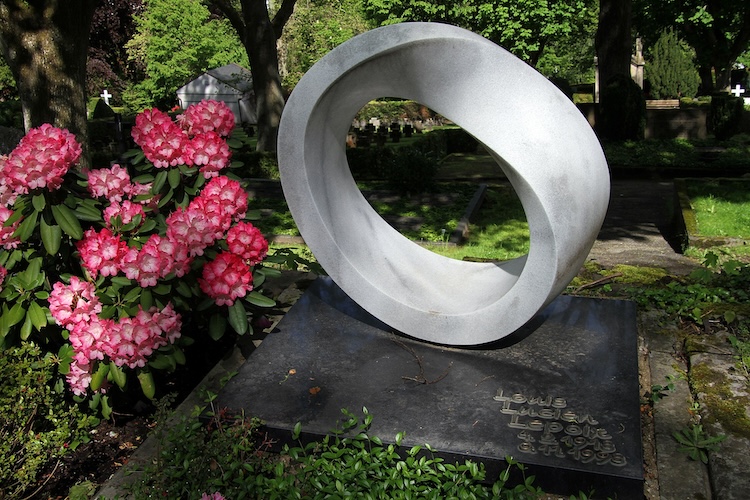
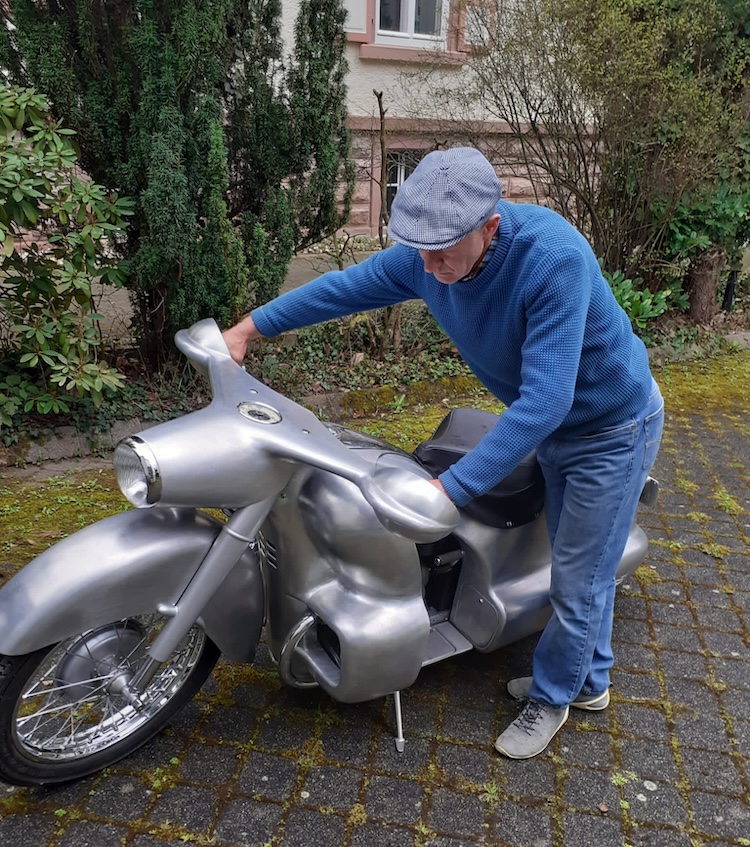
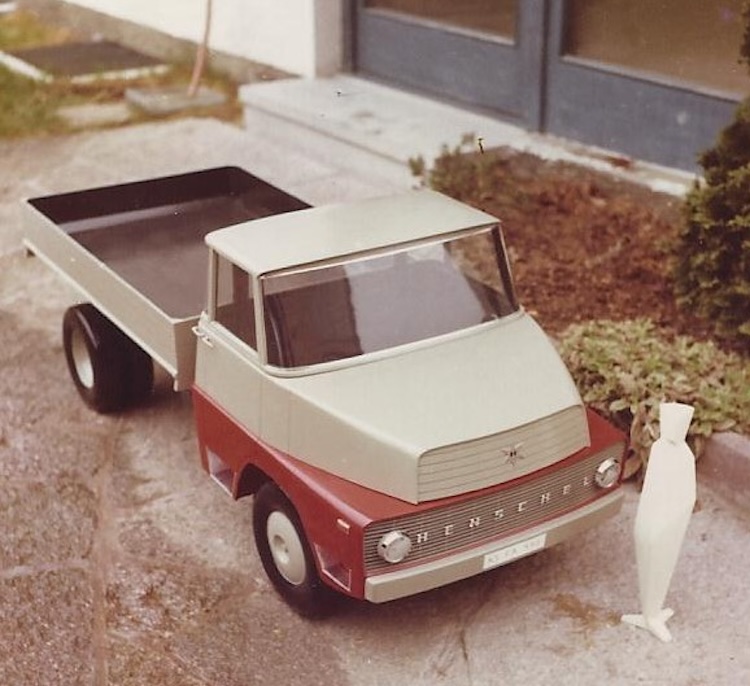
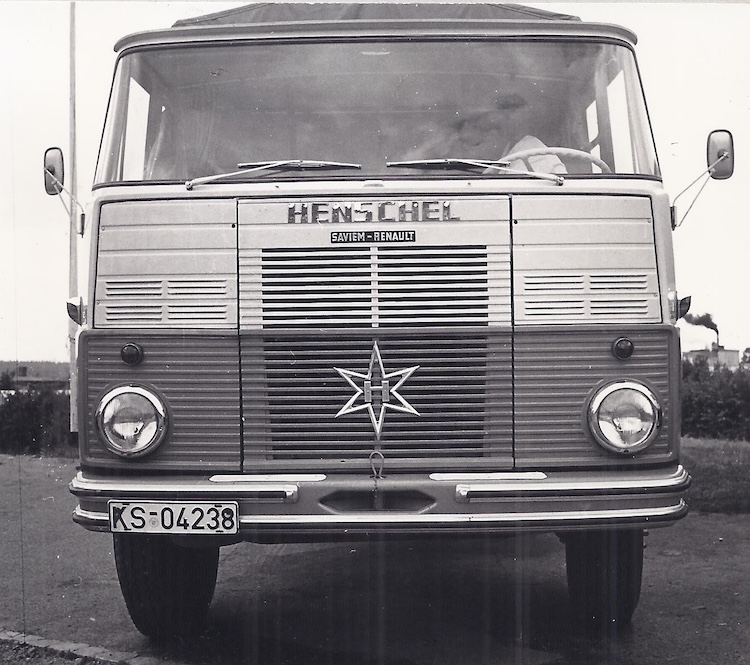
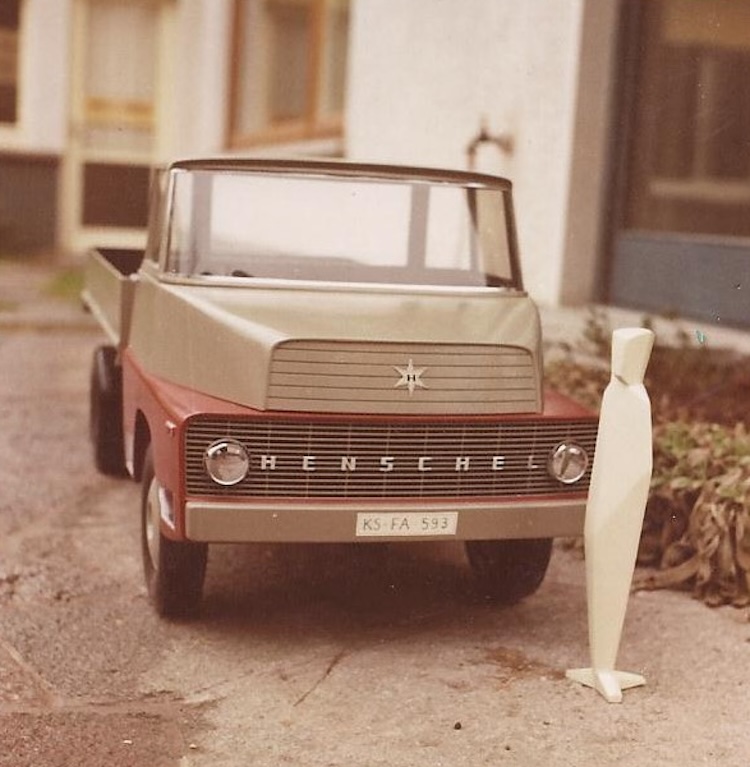
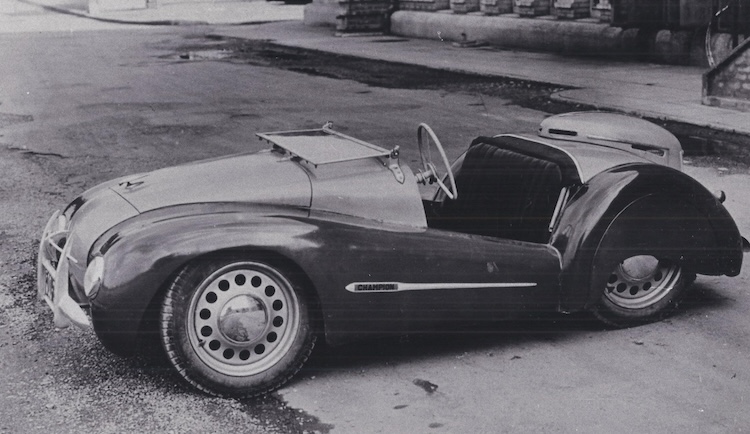
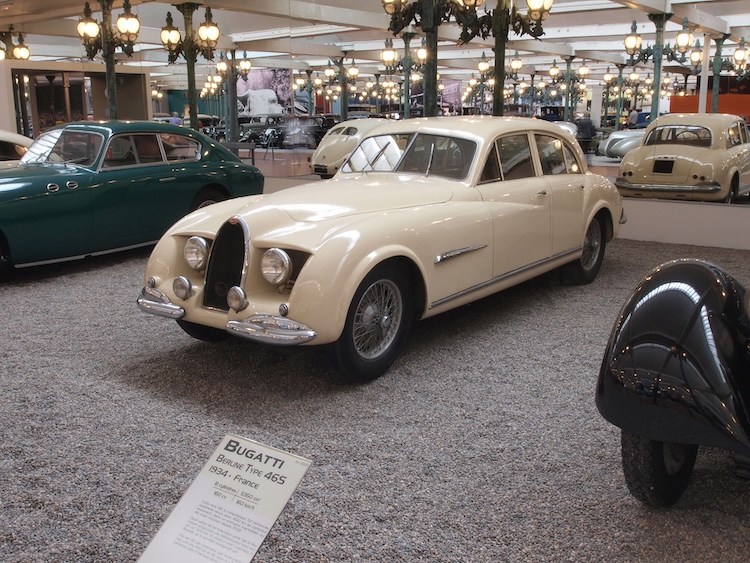
Leave a Reply